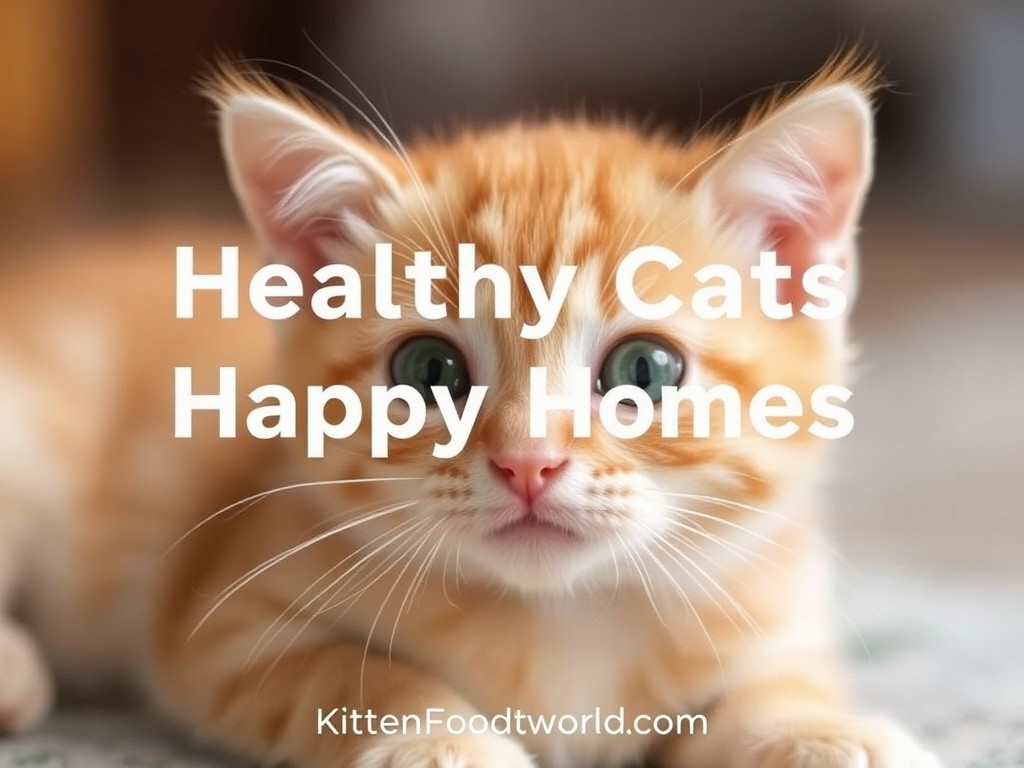
Bringing a kitten into your home is a delightful experience filled with joy and responsibility. One of the most critical aspects of caring for your new furry friend is ensuring they receive the right nutrition. A well-balanced diet plays a vital role in your kitten's growth, development, and overall health. This guide will cover the key components of kitten food, the various types available, and tips for feeding your kitten.
Why Proper Nutrition is Essential
Kittens have unique dietary requirements that differ significantly from those of adult cats. During their first year, they undergo rapid growth, requiring a nutrient-dense diet to support their physical and cognitive development. Proper nutrition helps strengthen their immune system and lays the groundwork for a healthy life.
Key Nutritional Elements
When selecting kitten food, pay attention to the following essential components:
1. High Protein Content
Kittens need a diet rich in protein to fuel their energy levels and support muscle development. Look for high-quality animal proteins (such as chicken, turkey, or fish) listed as the first ingredient.
2. Healthy Fats
Fats are crucial for energy and help maintain healthy skin and a shiny coat. Look for foods that include beneficial omega fatty acids, specifically Omega-3 and Omega-6.
3. Taurine
This essential amino acid is vital for heart health and vision. Ensure that your kitten's food contains sufficient taurine levels.
4. Vitamins and Minerals
A balanced kitten food should provide essential vitamins (like A, D, E, and B vitamins) and minerals (such as calcium and phosphorus) that are critical for bone growth and overall health.
5. Hydration
Kittens benefit from wet food, which provides extra moisture. A mix of dry and wet food can help ensure they stay hydrated while receiving balanced nutrition.
Types of Kitten Food
1. Dry Food (Kibble)
Dry food is convenient and can aid in dental health by reducing plaque buildup. Choose high-quality brands specifically formulated for kittens.
2. Wet Food (Canned)
Wet food is often more appealing to kittens and provides additional moisture, which is beneficial for hydration. It can be especially useful for picky eaters.
3. Raw or Freeze-Dried Food
Some owners opt for raw or freeze-dried diets, which can be nutritious. However, these require careful handling and preparation to ensure they are safe for your kitten.
Feeding Recommendations
1. Meal Frequency
Kittens should be fed multiple small meals throughout the day. For those under six months, aim for three to four meals daily. As they grow, you can gradually reduce the number of meals.
2. Portion Control
Follow the feeding guidelines on the food packaging, keeping in mind that individual kittens may have varying needs. Regularly monitor your kitten's weight and adjust portions as necessary.
3. Transitioning Foods
If you need to change your kitten's food, do so gradually over a week to avoid digestive upset. Mix increasing amounts of the new food with the old food.
4. Fresh Water
Always provide fresh, clean water. Proper hydration is crucial for your kitten's health, especially if they mainly consume dry food.
Conclusion
choosing the right food for your kitten is essential for their health and well-being. By focusing on high-quality ingredients, meeting their specific nutritional needs, and following proper feeding practices, you can help your kitten thrive. Always consult your veterinarian for personalized advice to ensure your furry friend gets the best start in life. With the right nutrition, your kitten will grow into a healthy, happy adult cat.
Comments on “The Essential Guide to Kitten Food”